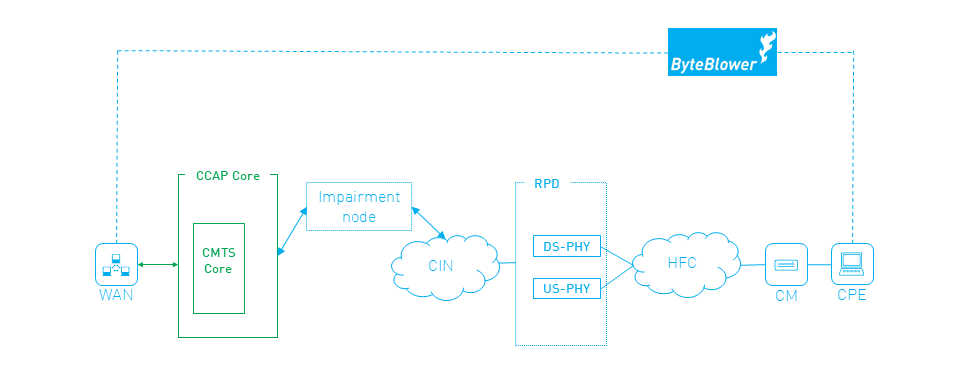Latency insights
Scoring a whopping 100% in Download and Upload Data Tests: How we helped PYUR to reduce latency dramatically and increase the user experience of their customers as confirmed by last year’s Zafaco rankings!

PYUR is the brand of Tele Columbus, one of Germany’s leading fiber network operators which offers high-speed internet including telephony and digital TV services. With more than 3 million homes, PYUR corresponds to a national market share of around 1.7%. We’re happy to say PYUR has been a long-time client...
Low Latency Series Part 2: What is Low Latency DOCSIS and why?

Internet has grown tremendous the last 20 years. It provides possibilities we couldn’t even think of 20 years ago. The more possibilities the internet provided; the more bandwidth was needed. Evolution from dialup internet to DSL and cable internet and fibre made this all possible. But an increase in bandwidth...
Low Latency Series Part 1: Introduction

For many years, the performance of a network was defined by one metric: speed or bandwidth. We can see this clearly in the evolution of networks too. Every article describing the evolution of the internet and network speeds will show graphs of internet speed evolutions like this: This doesn’t mean...
What happens if you introduce latency to a Remote PHY setup?

It’s been a while since we first explained how to use Linux Traffic Control as an impairment node to introduce latency to a test setup. More recently, the discussion surrounding Low Latency DOCSIS triggered us to investigate what would happen if we used an impairment node to introduce latency between the CCAP...
Will 5G ensure safer driving with connected cars?

The adoption of new 5G standards in Belgium is a hot topic. Many supporters cite braking distances for self-driving cars as a good reason to kick 4G to the curb, as 5G ensures significantly lower latency than 4G, as well as guaranteed quality of service. But is latency really putting...
Latency in a nutshell, and what makes it so important

VOIP solutions and video chat apps are part of our business and personal lives – and online multiplayer games have become mainstream hobbies. To enable these applications, huge volumes of data are being exchanged online at ever-more-massive rates. A delay in the transmission of data – i.e. latency – can have...
























